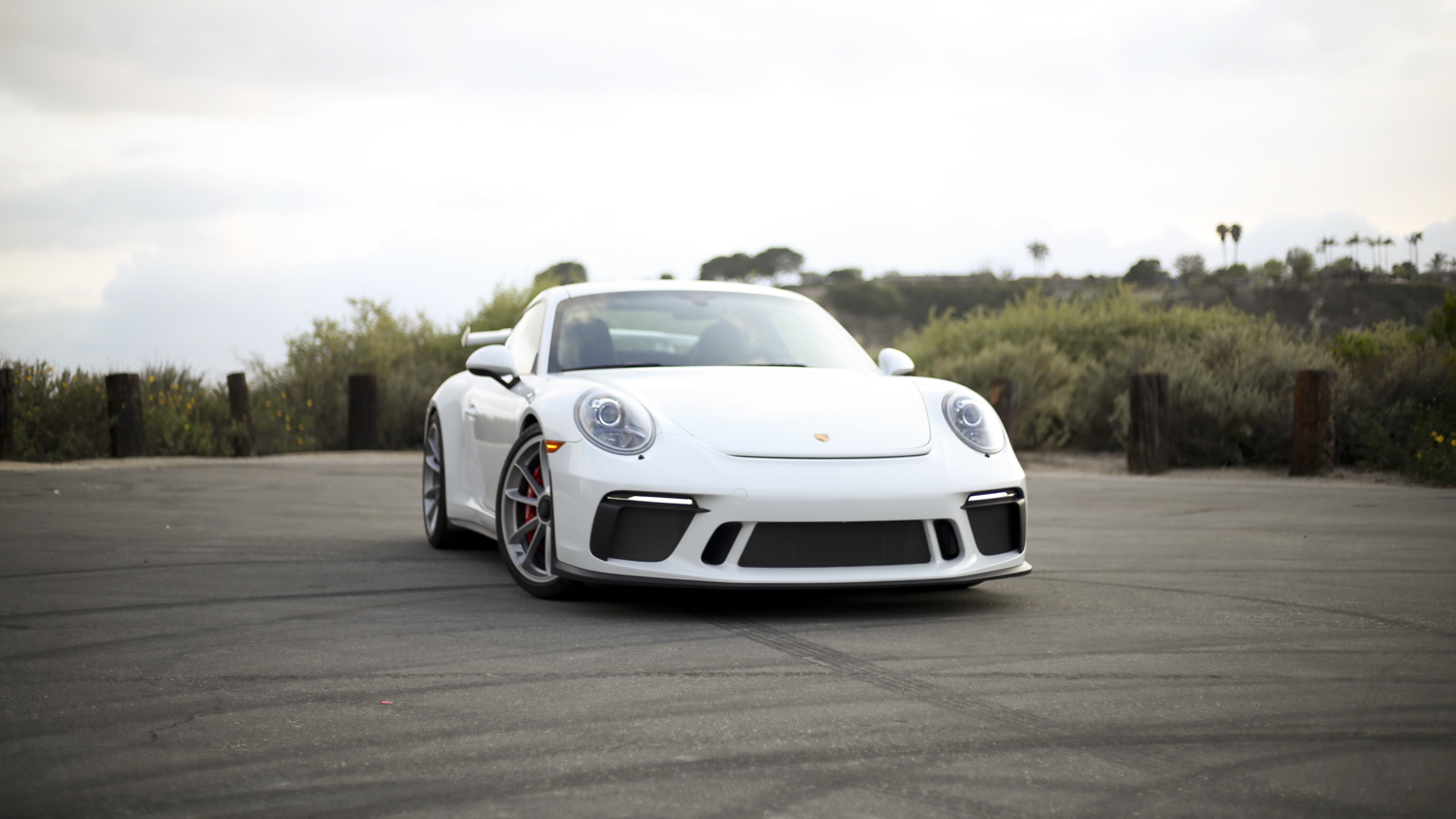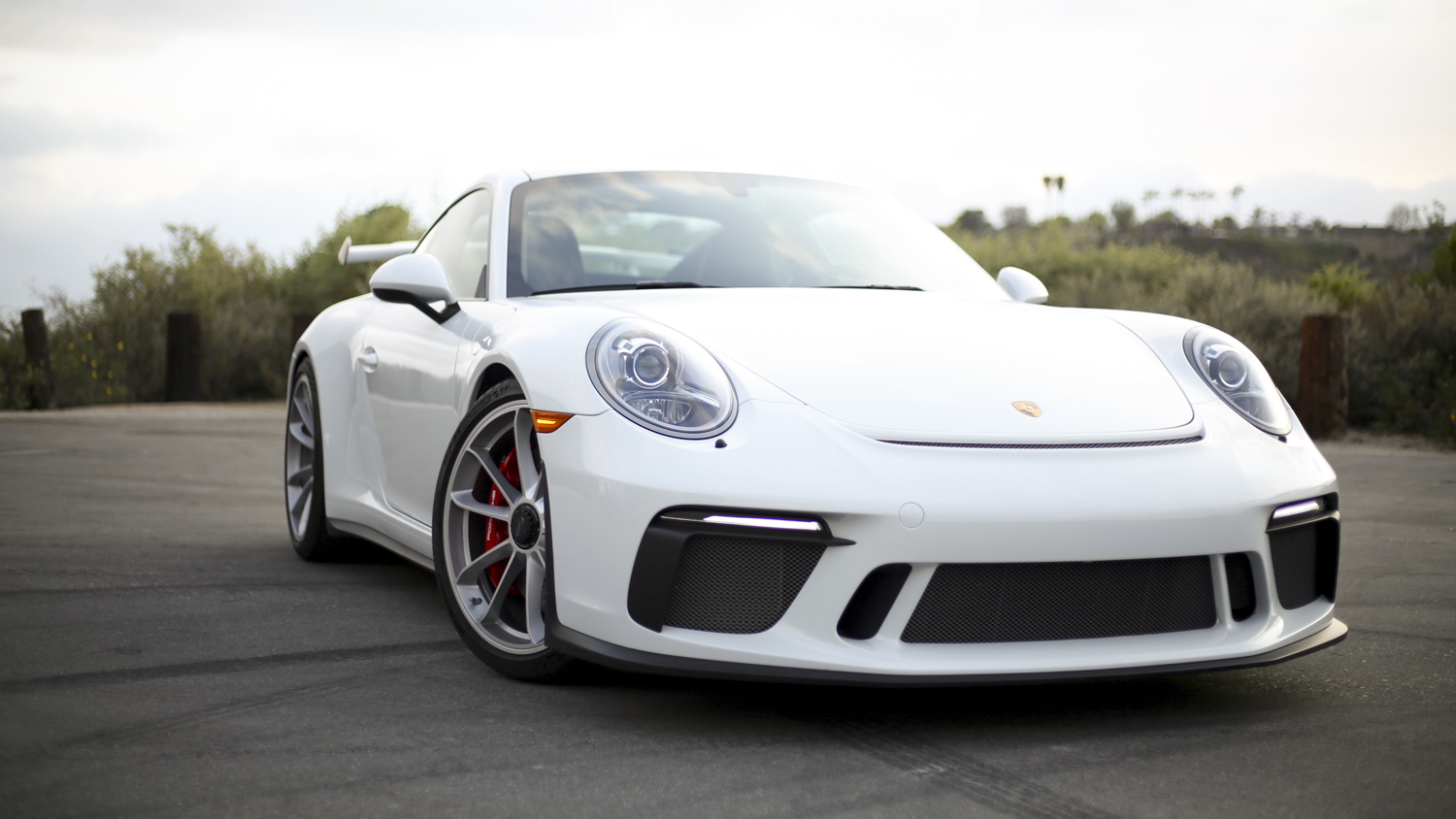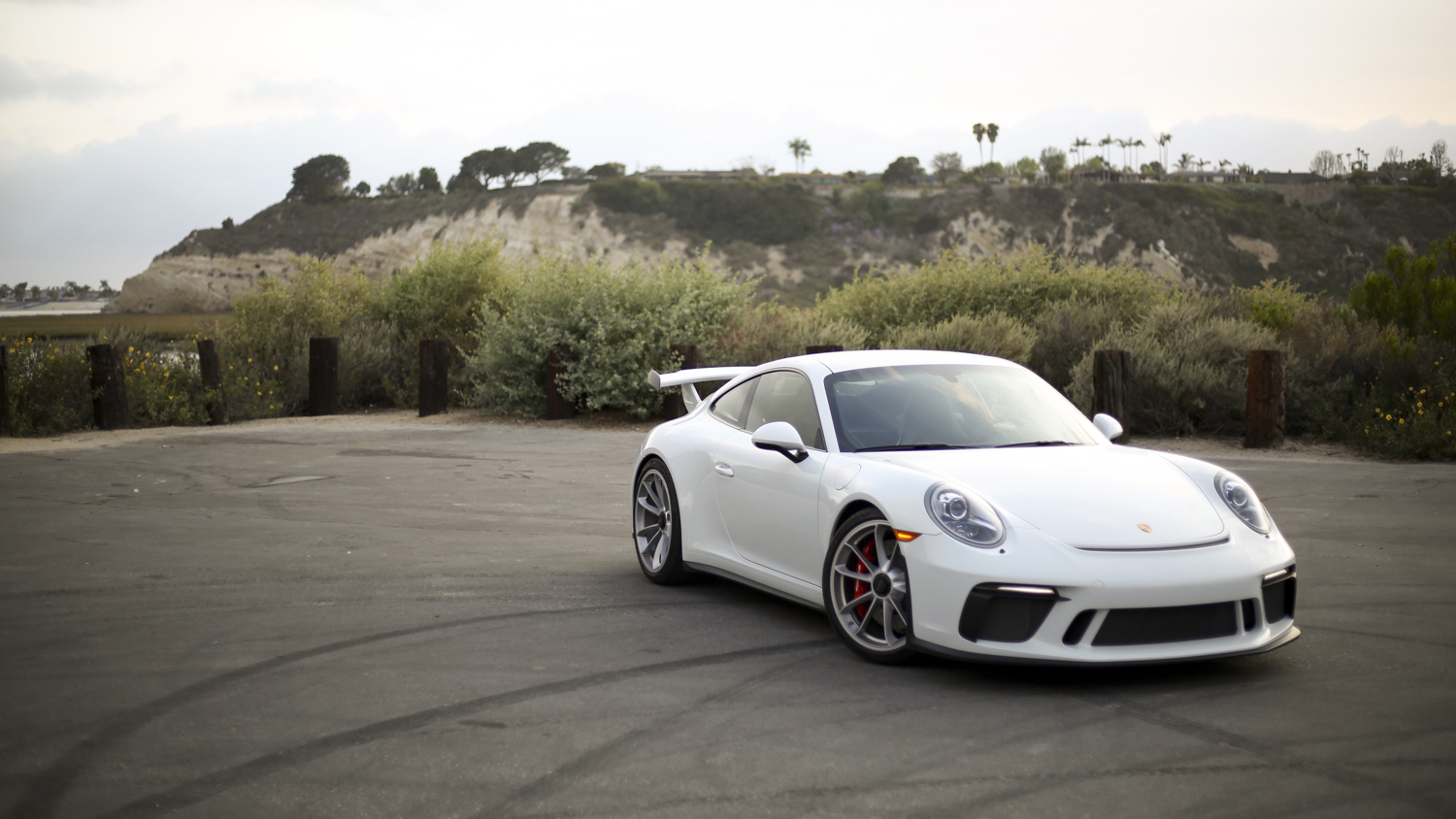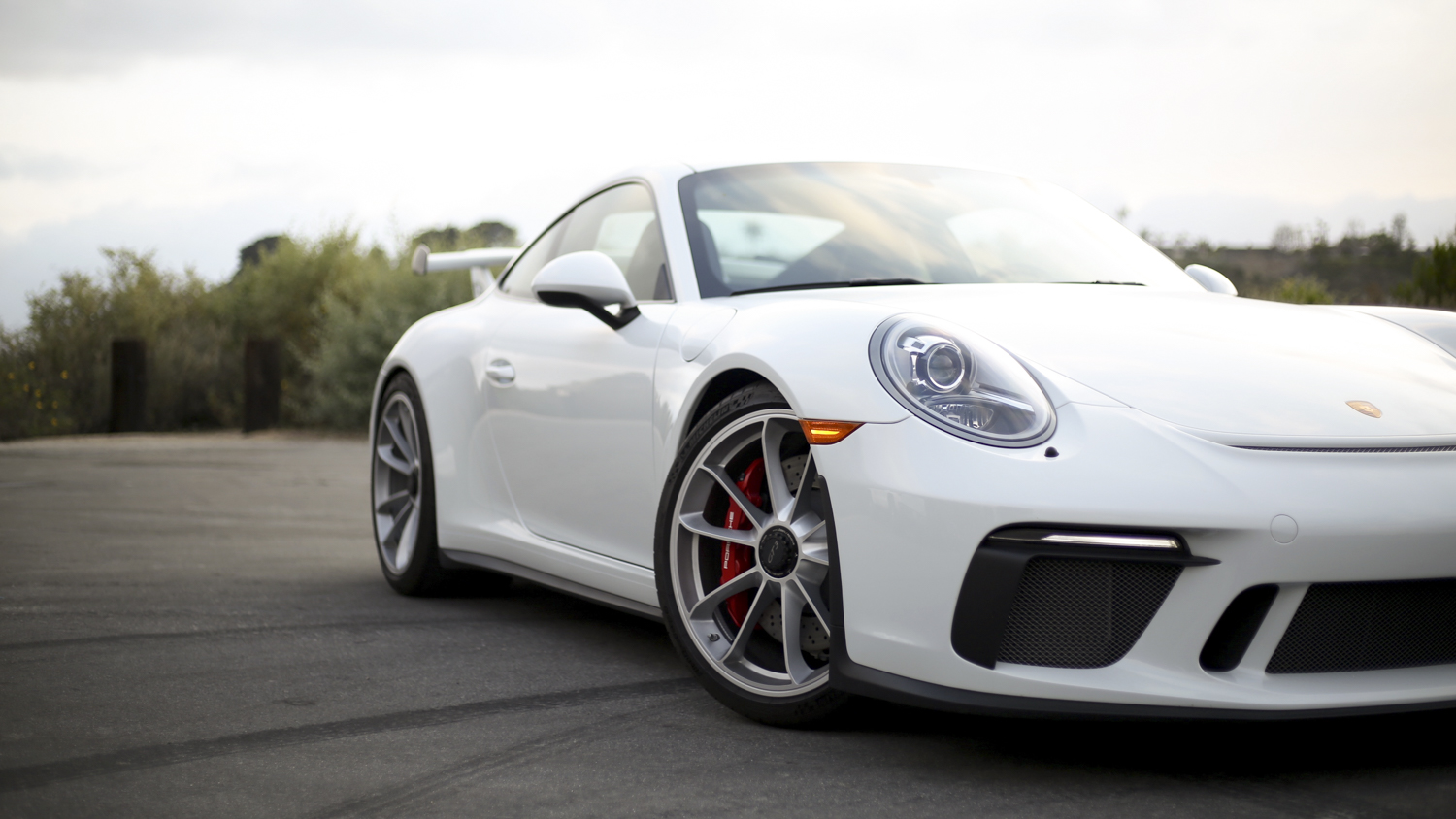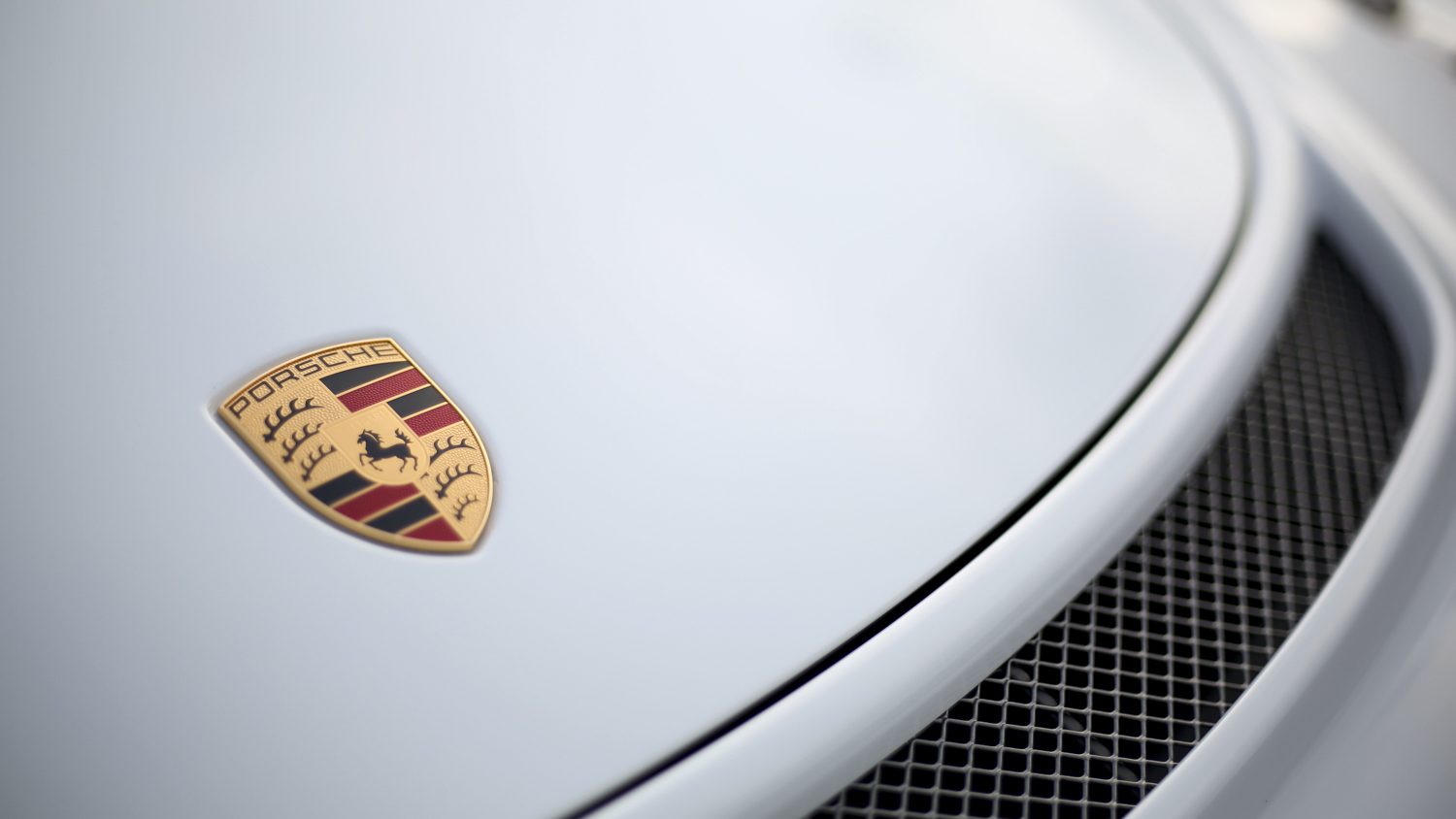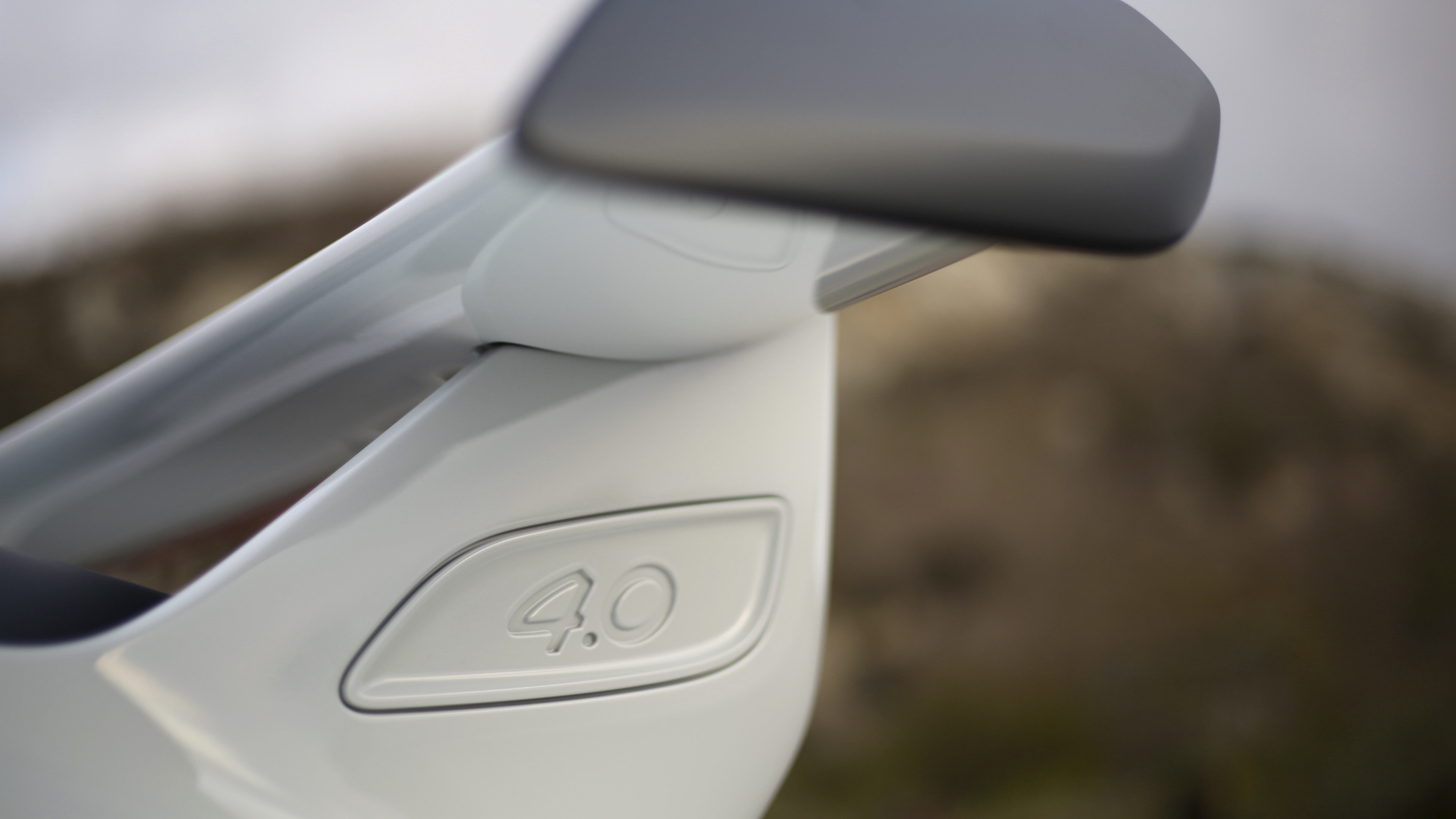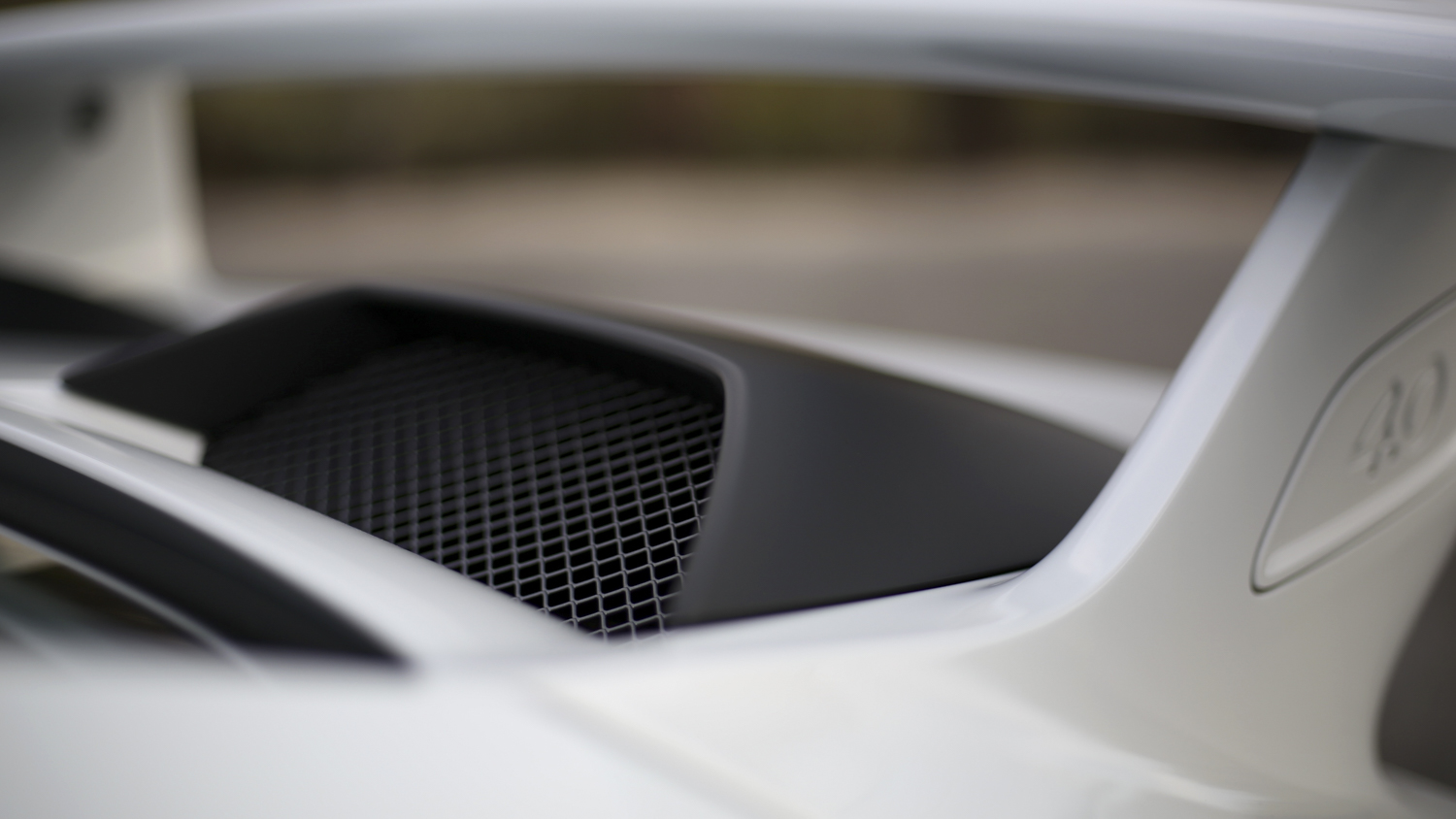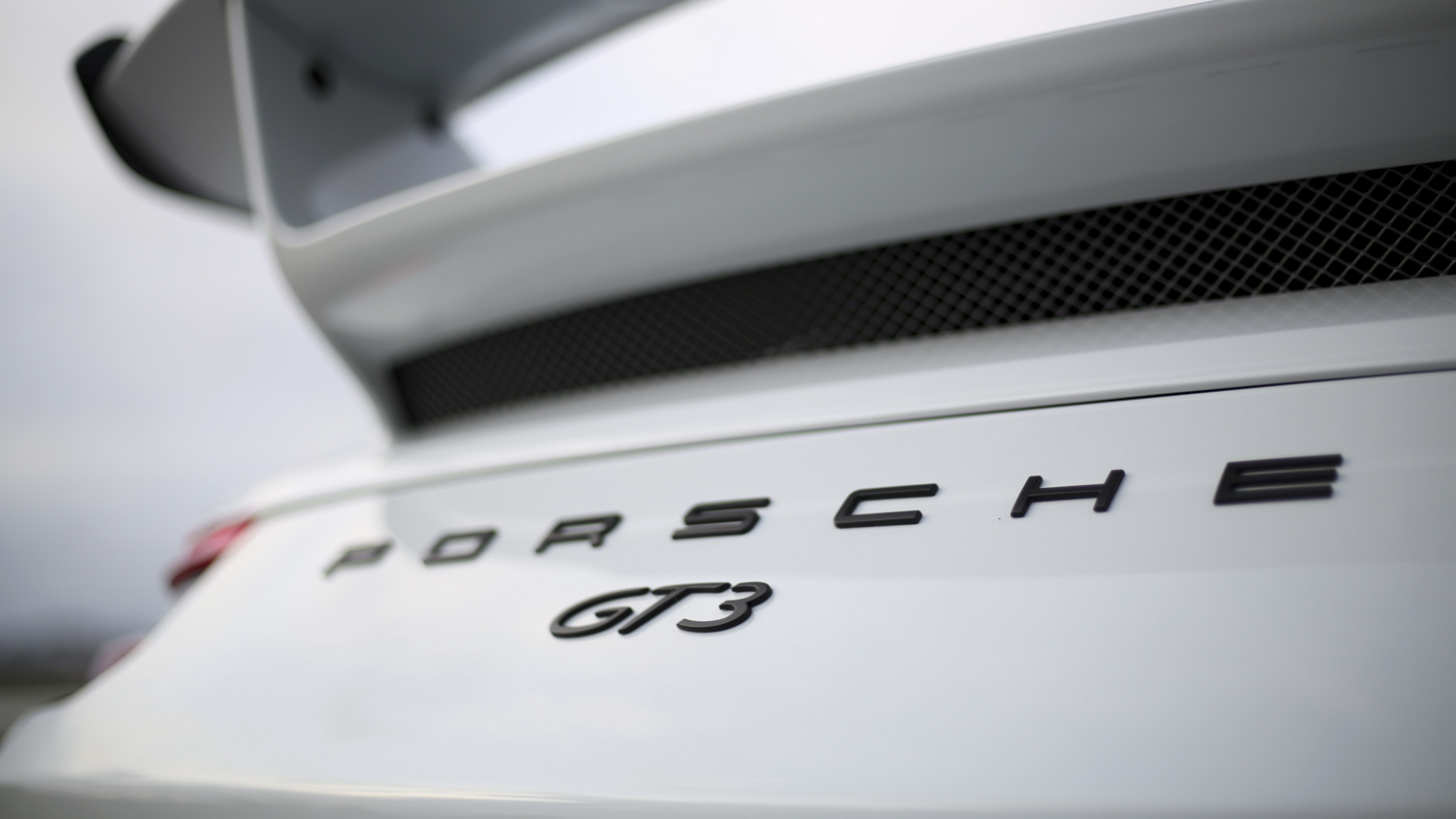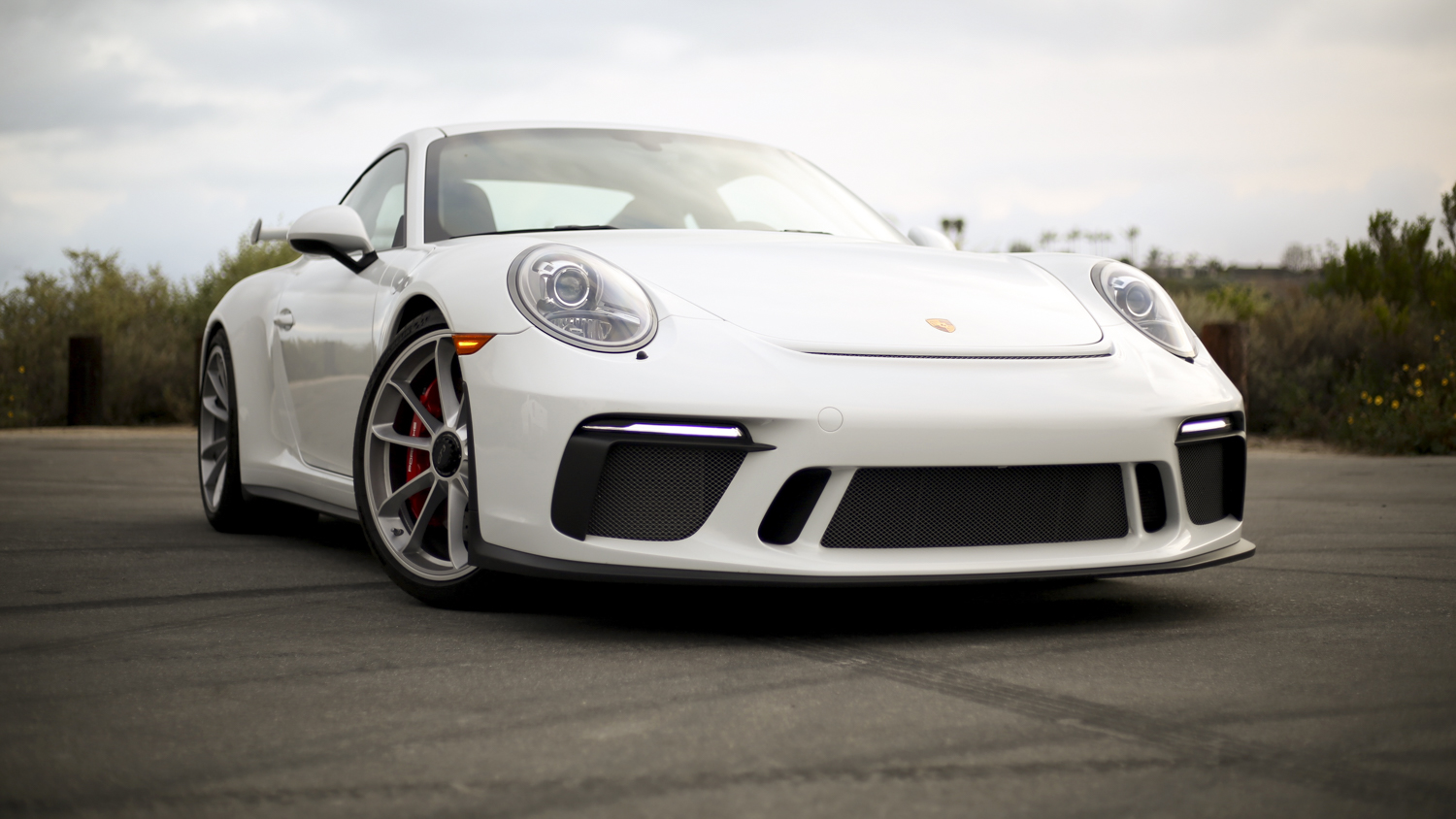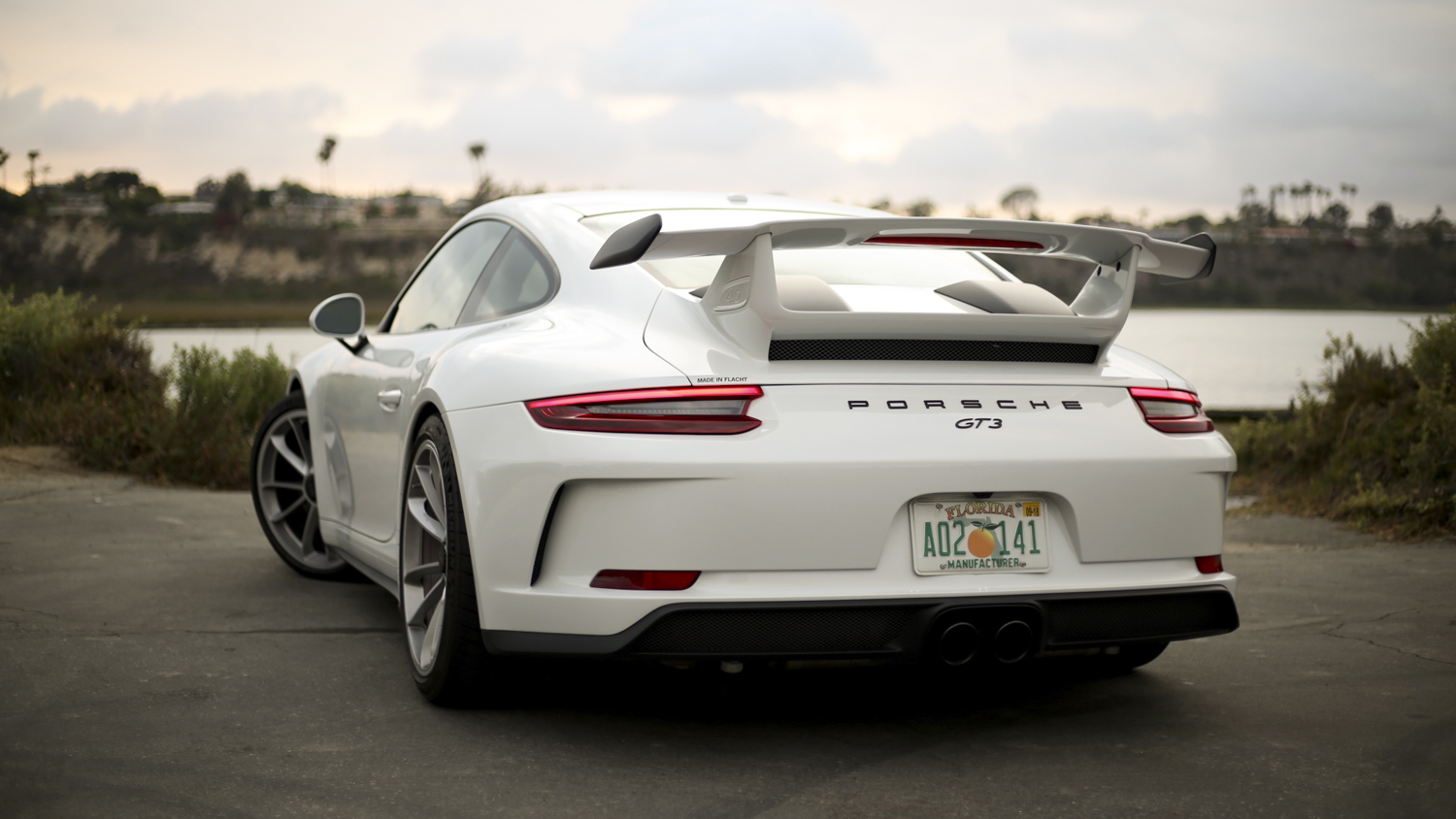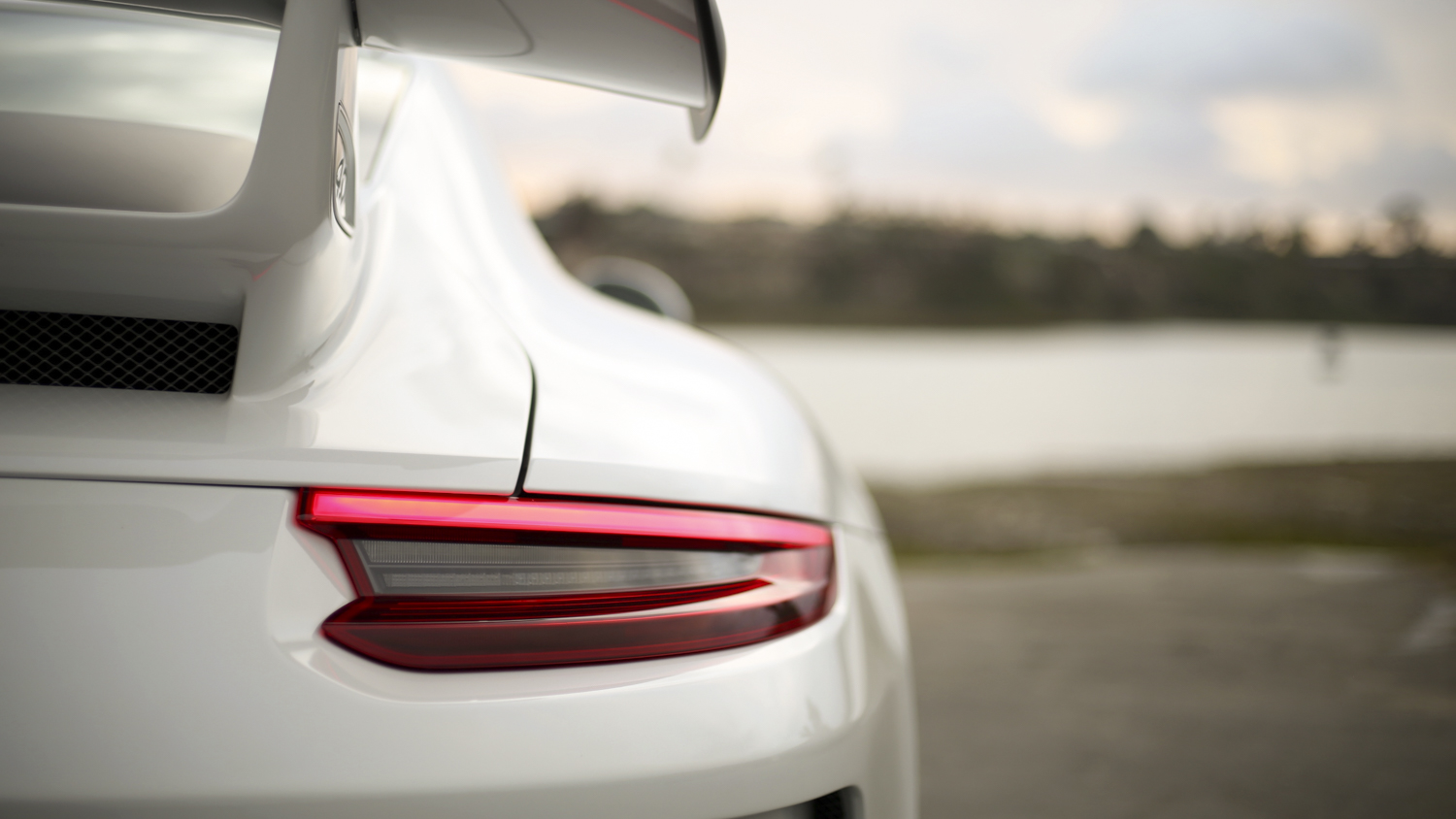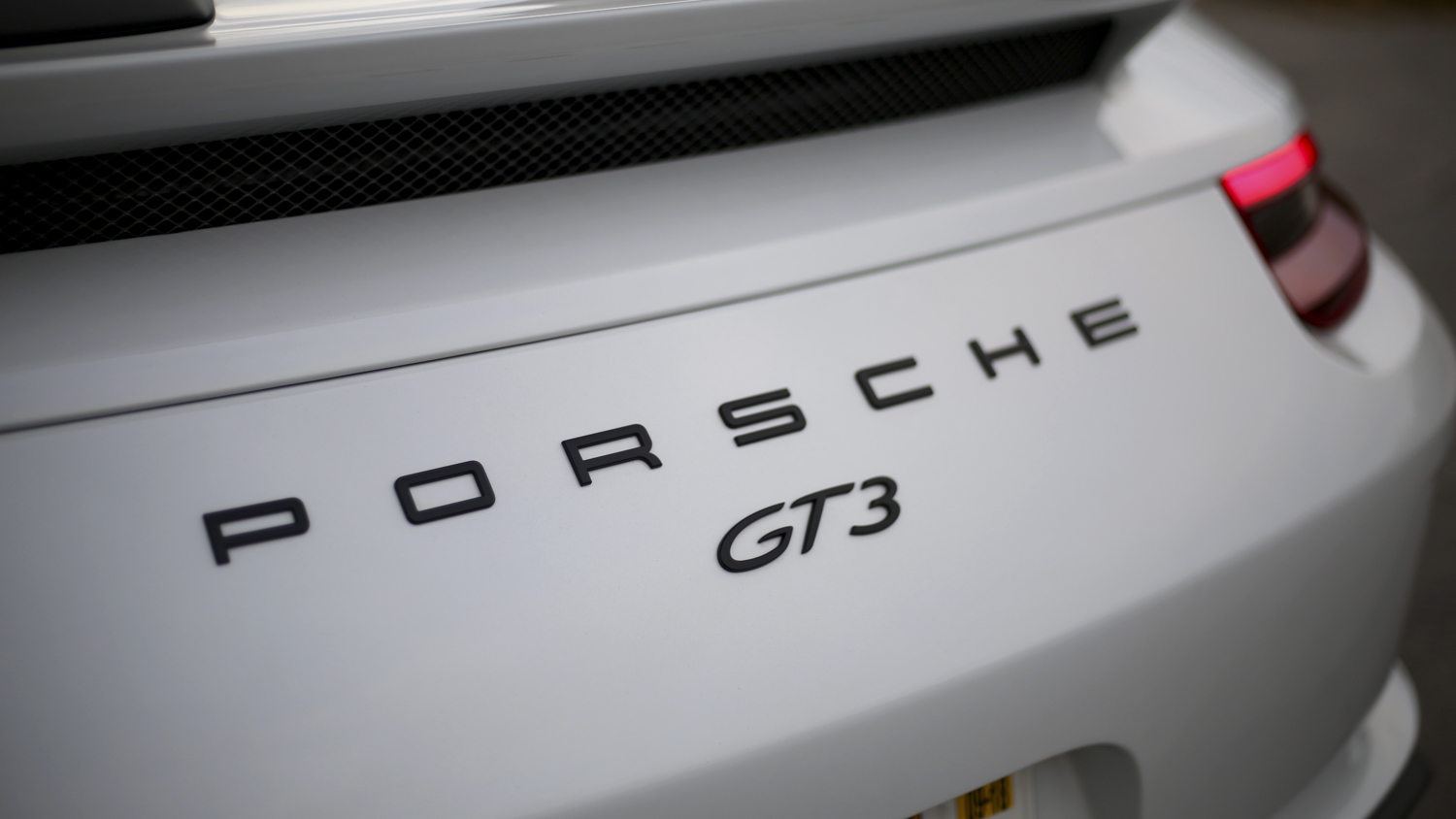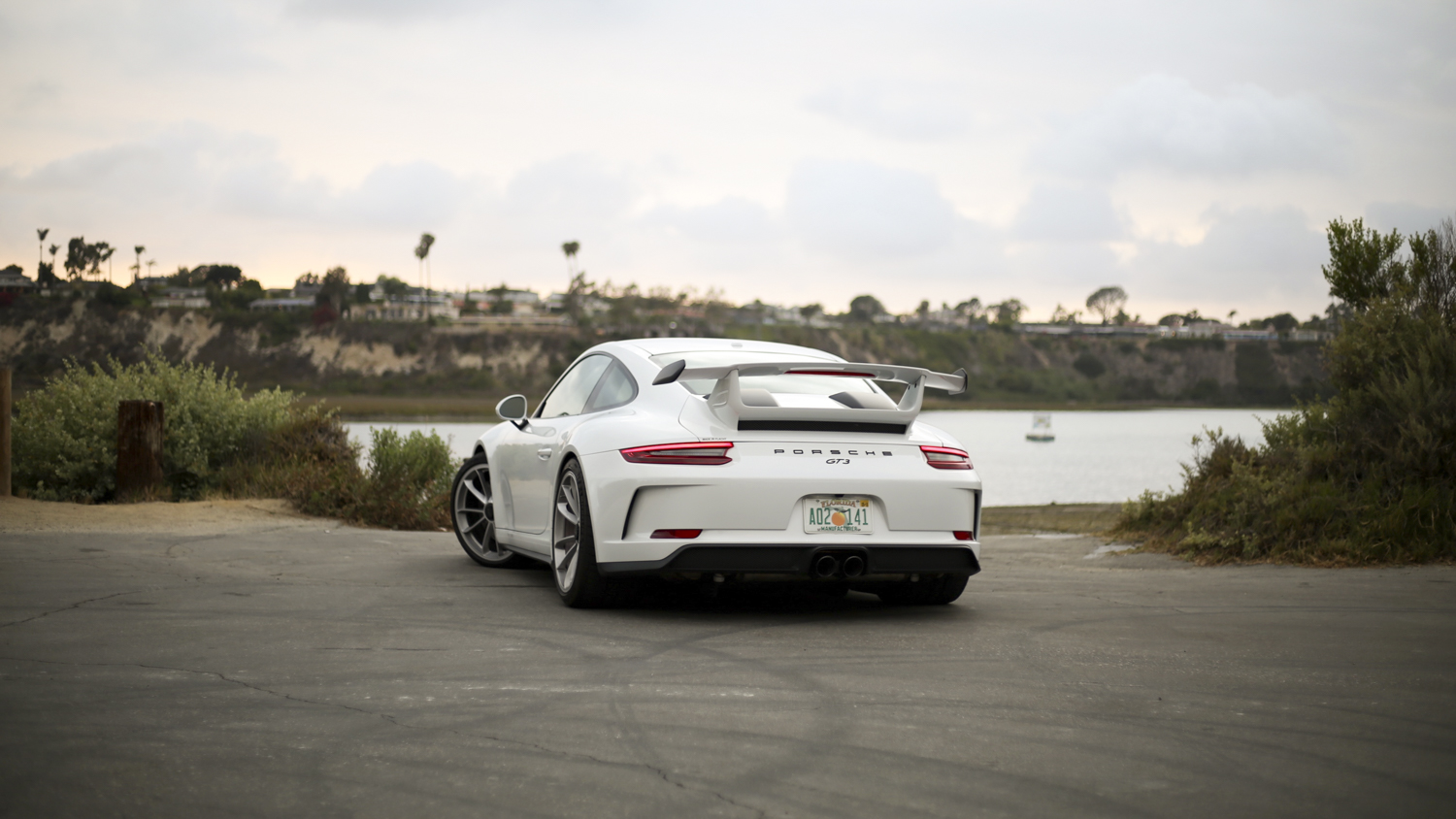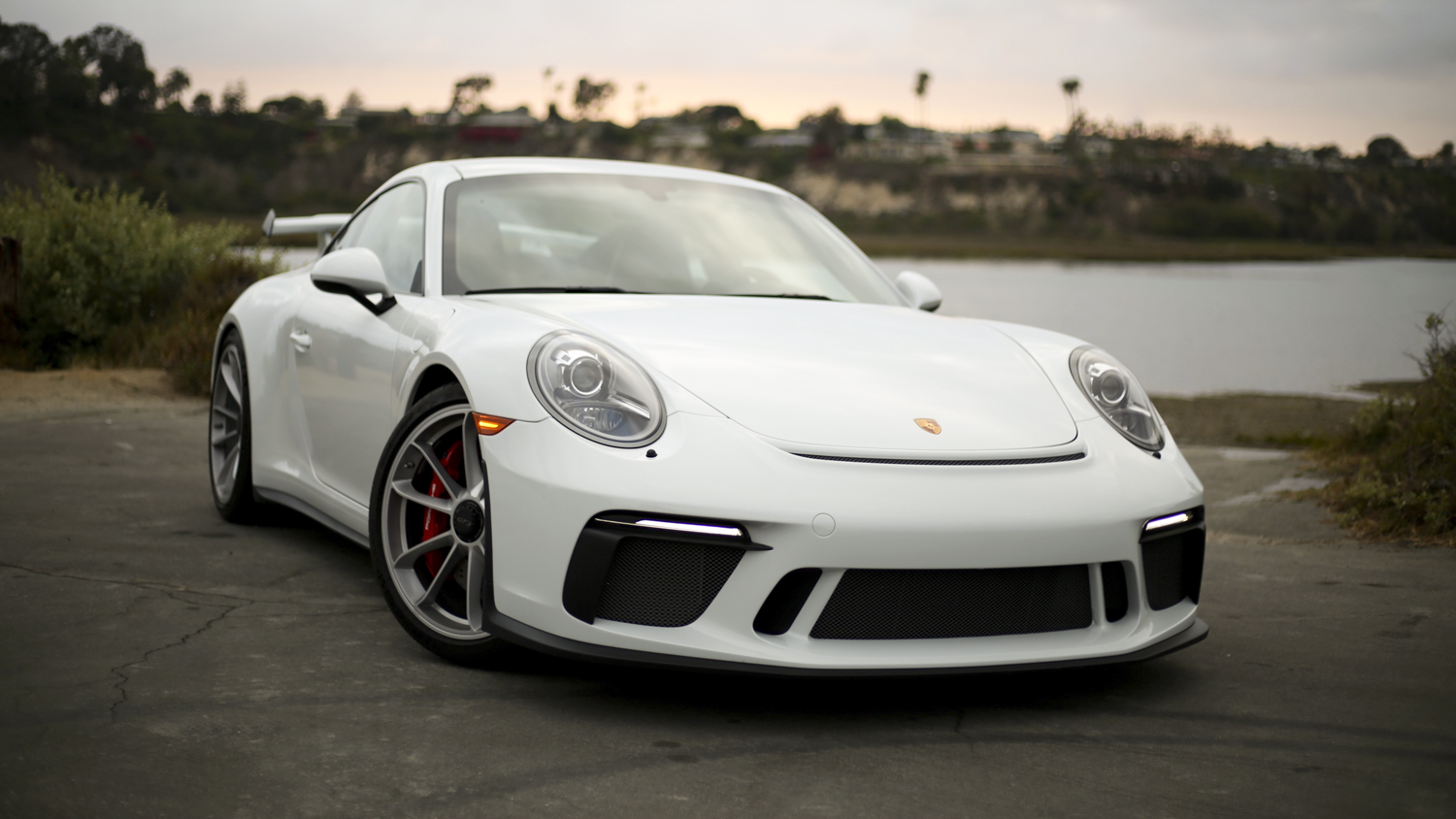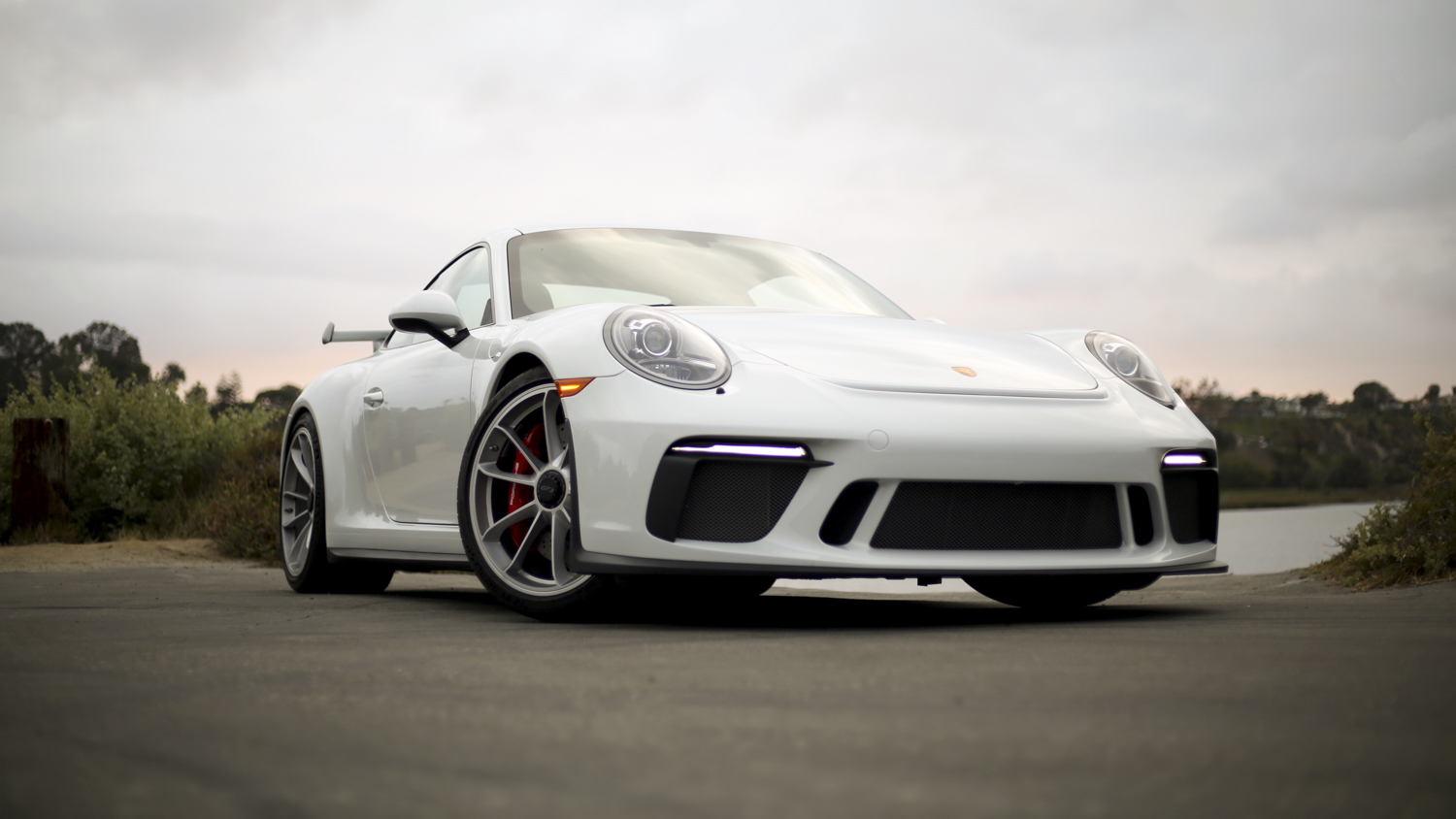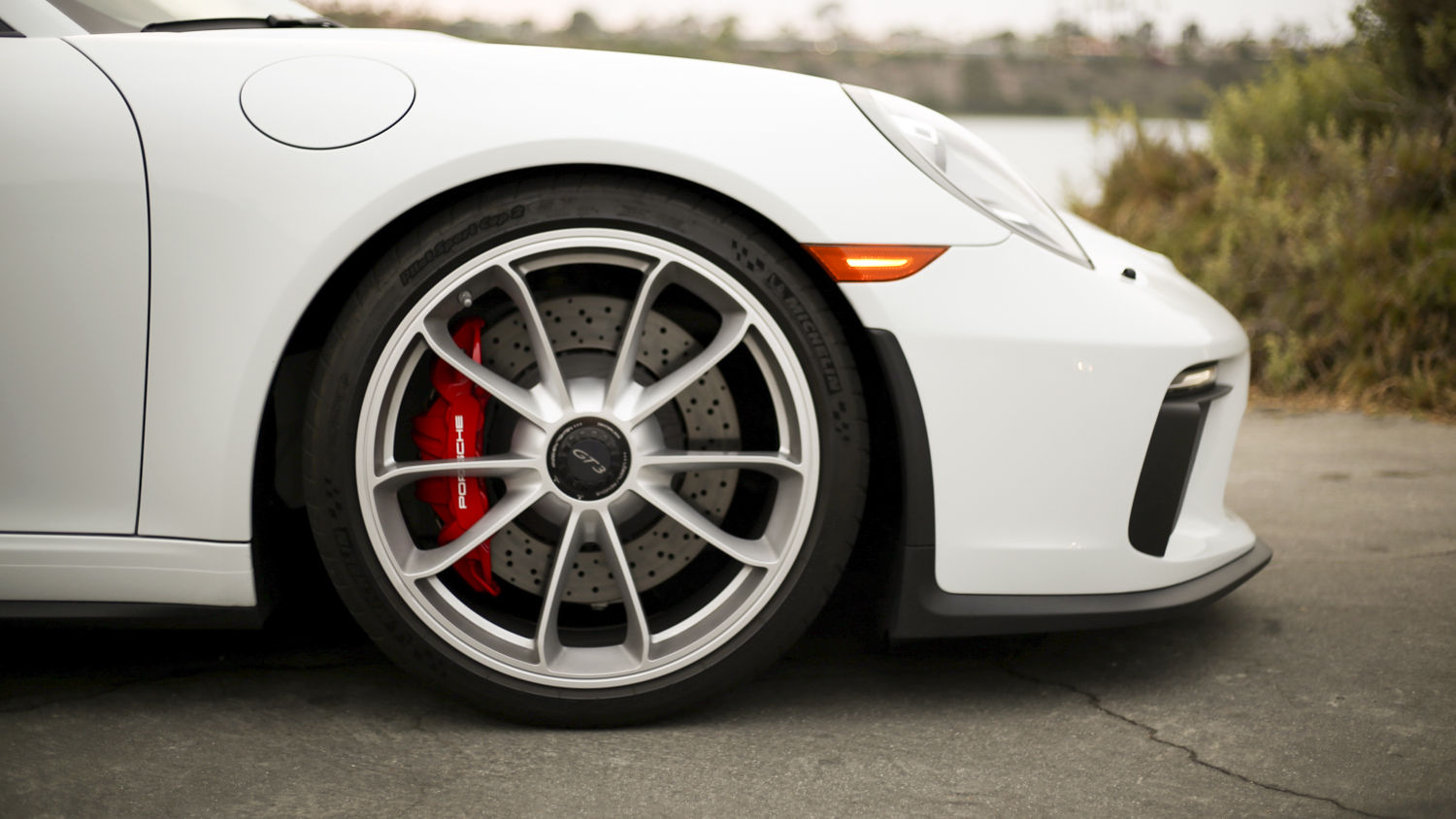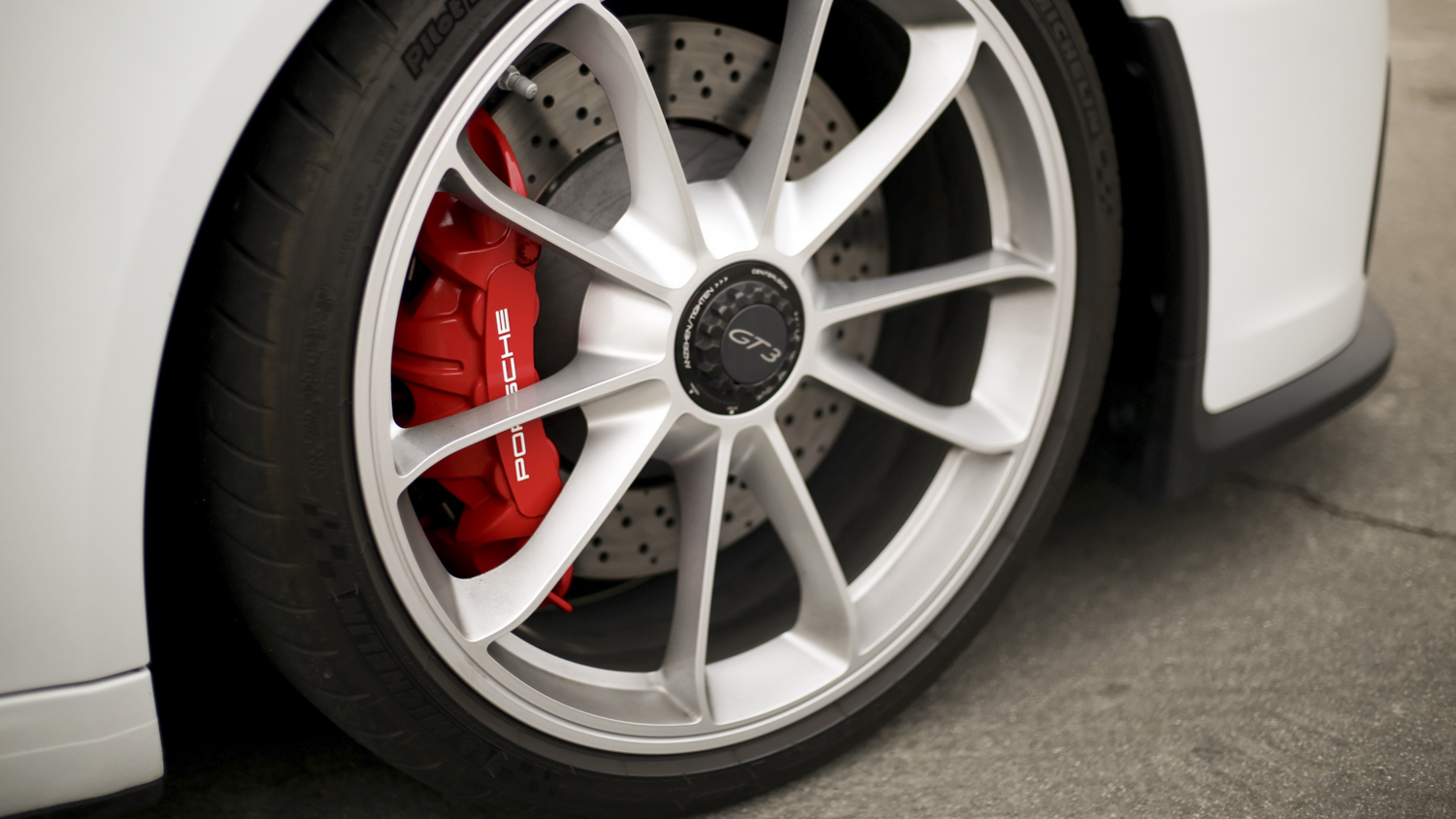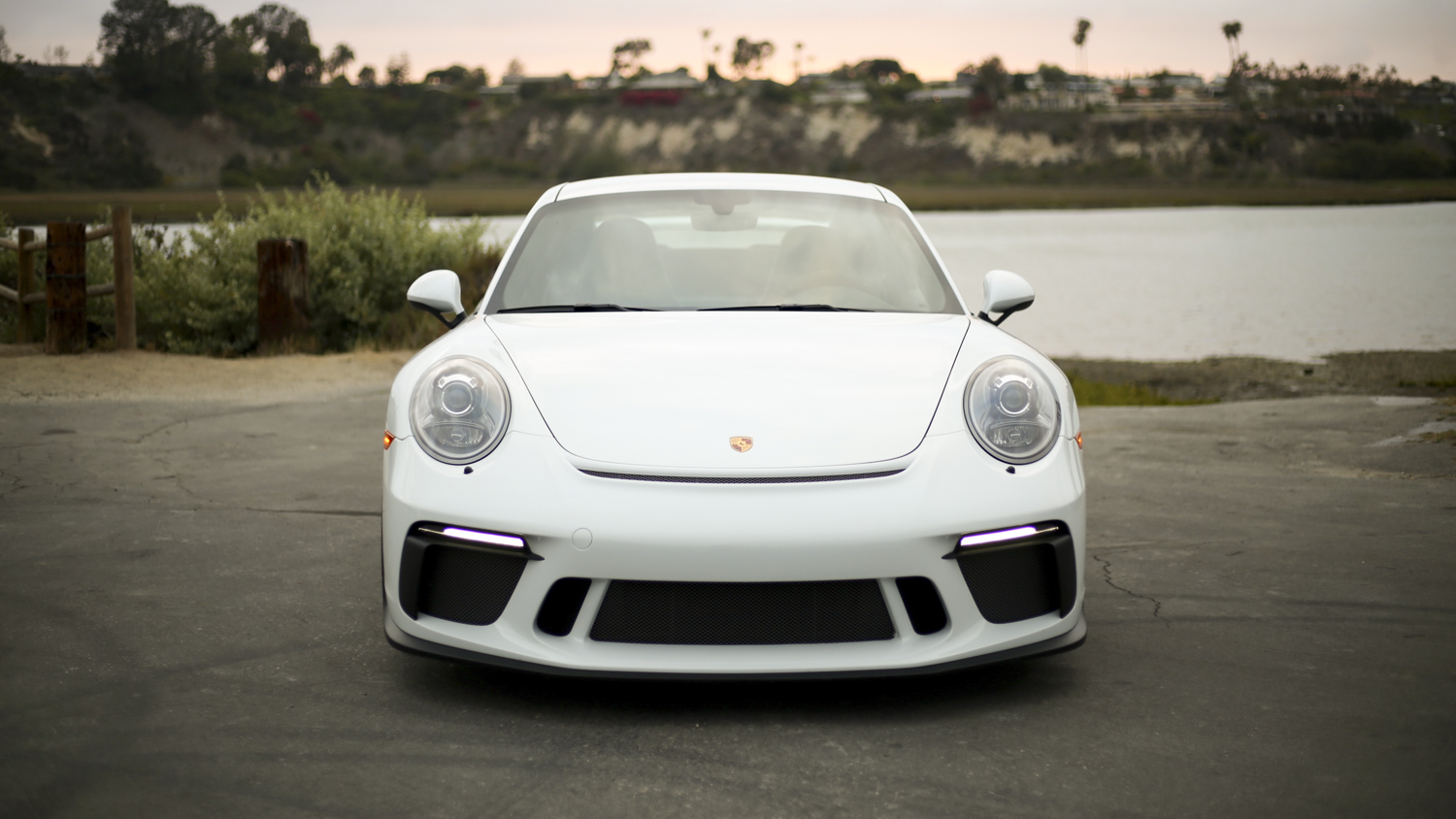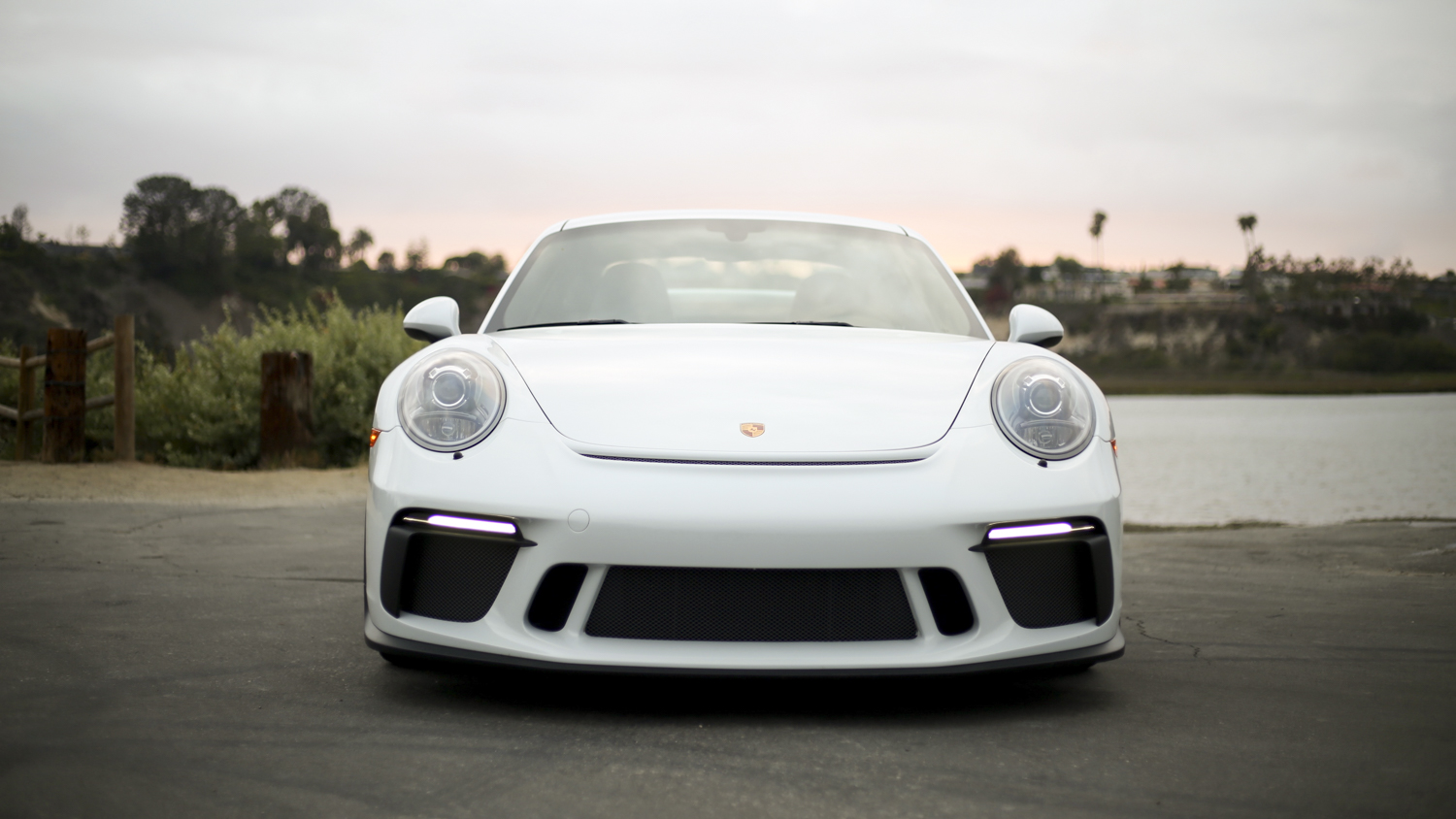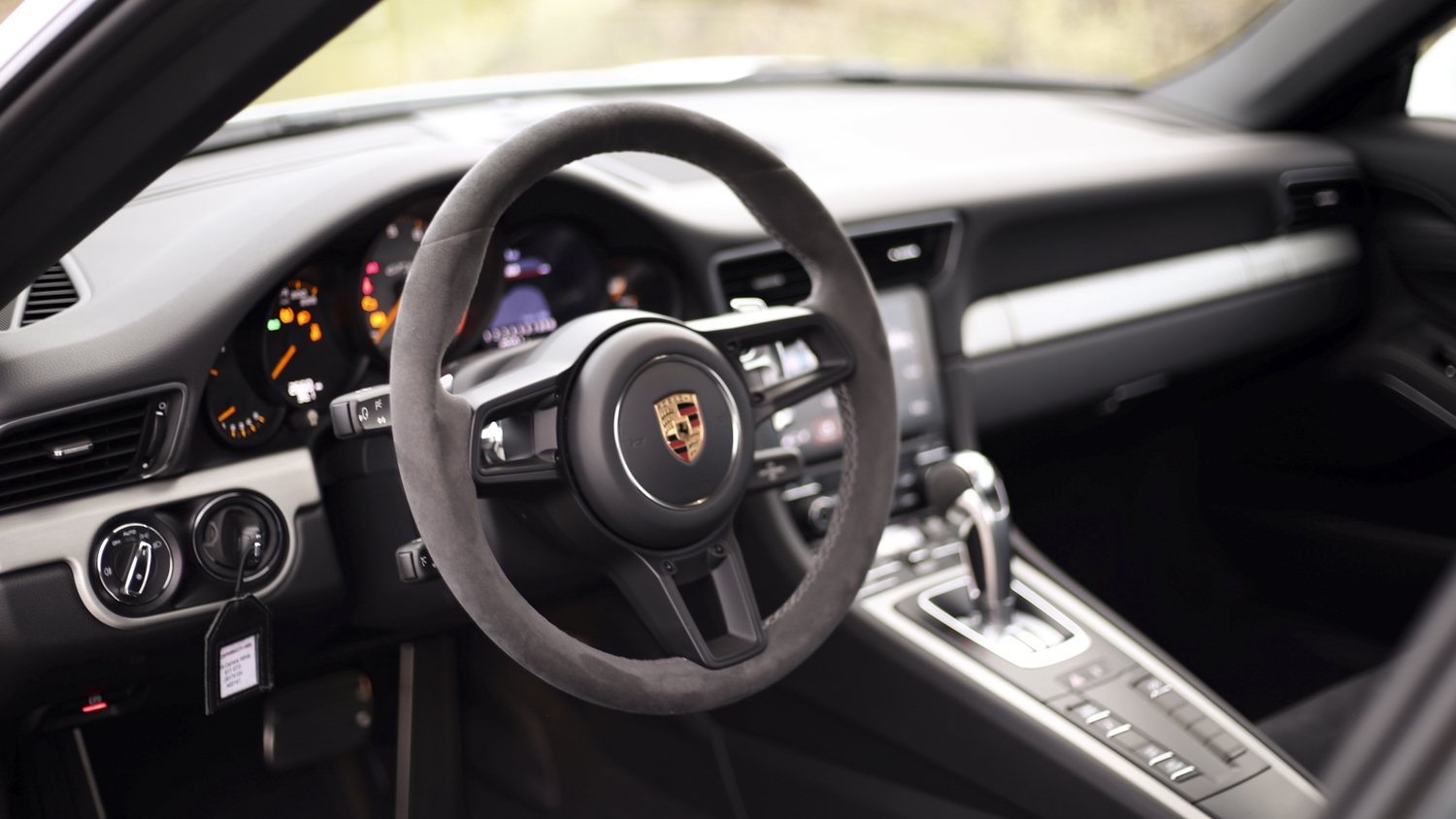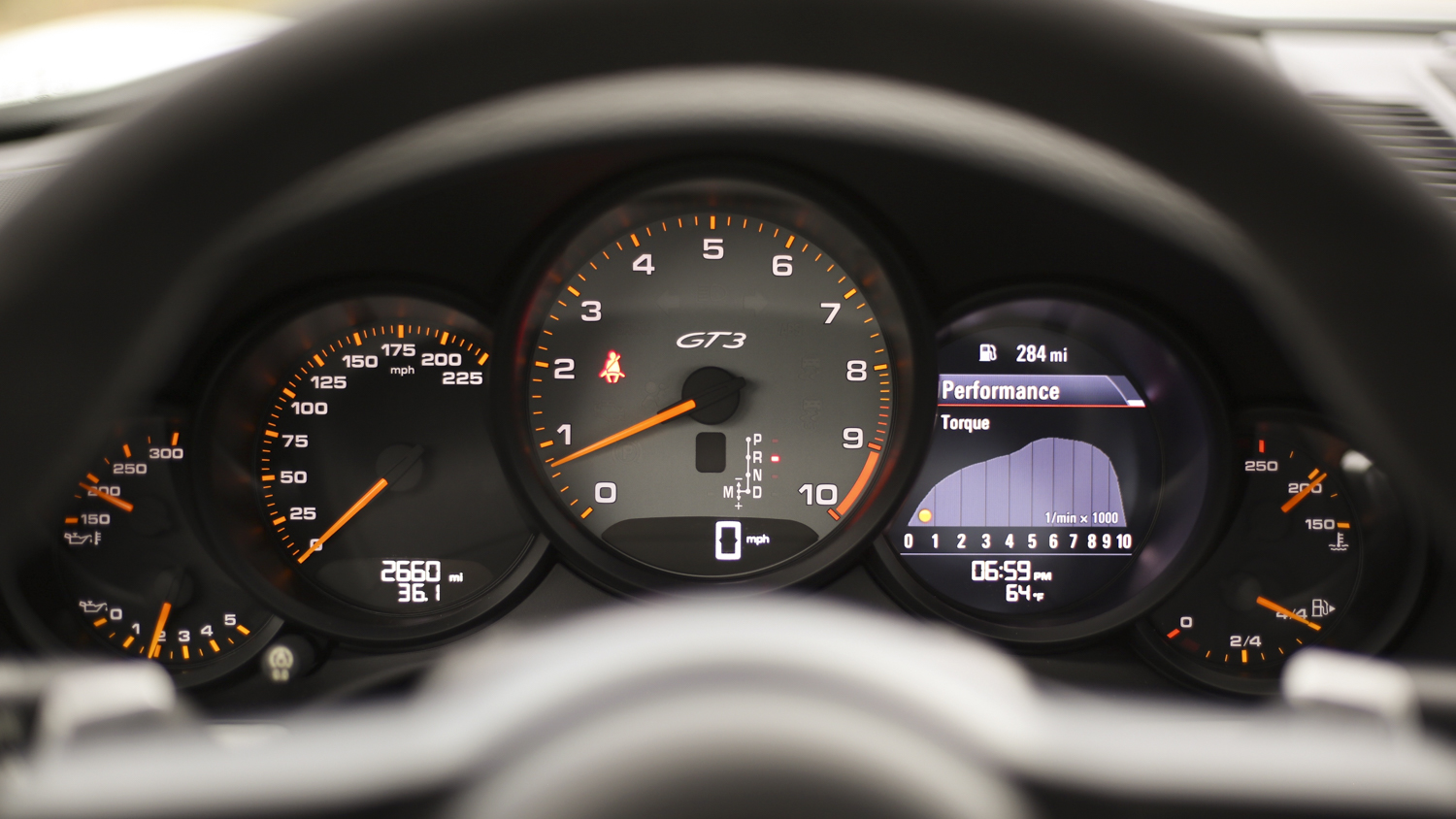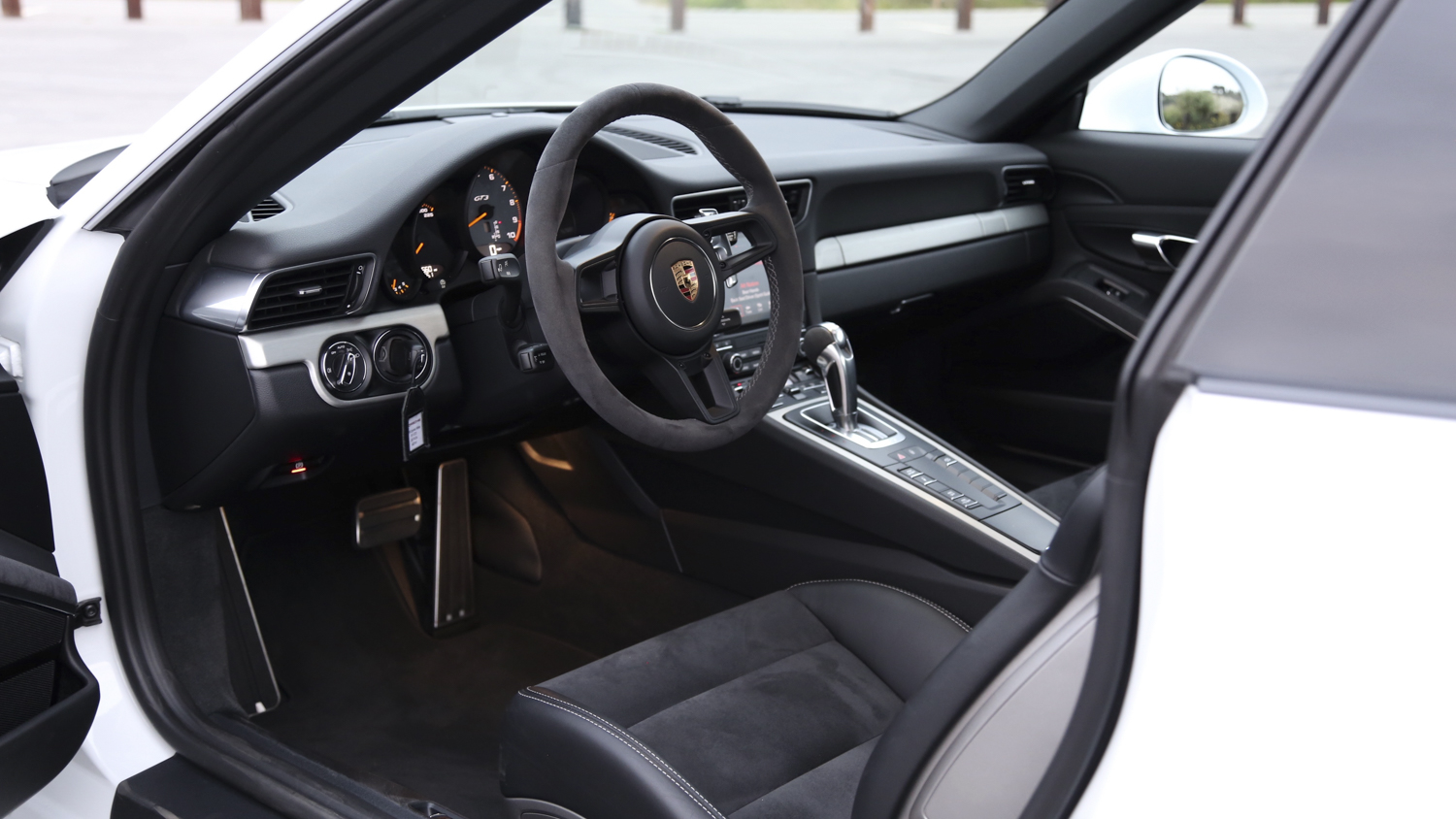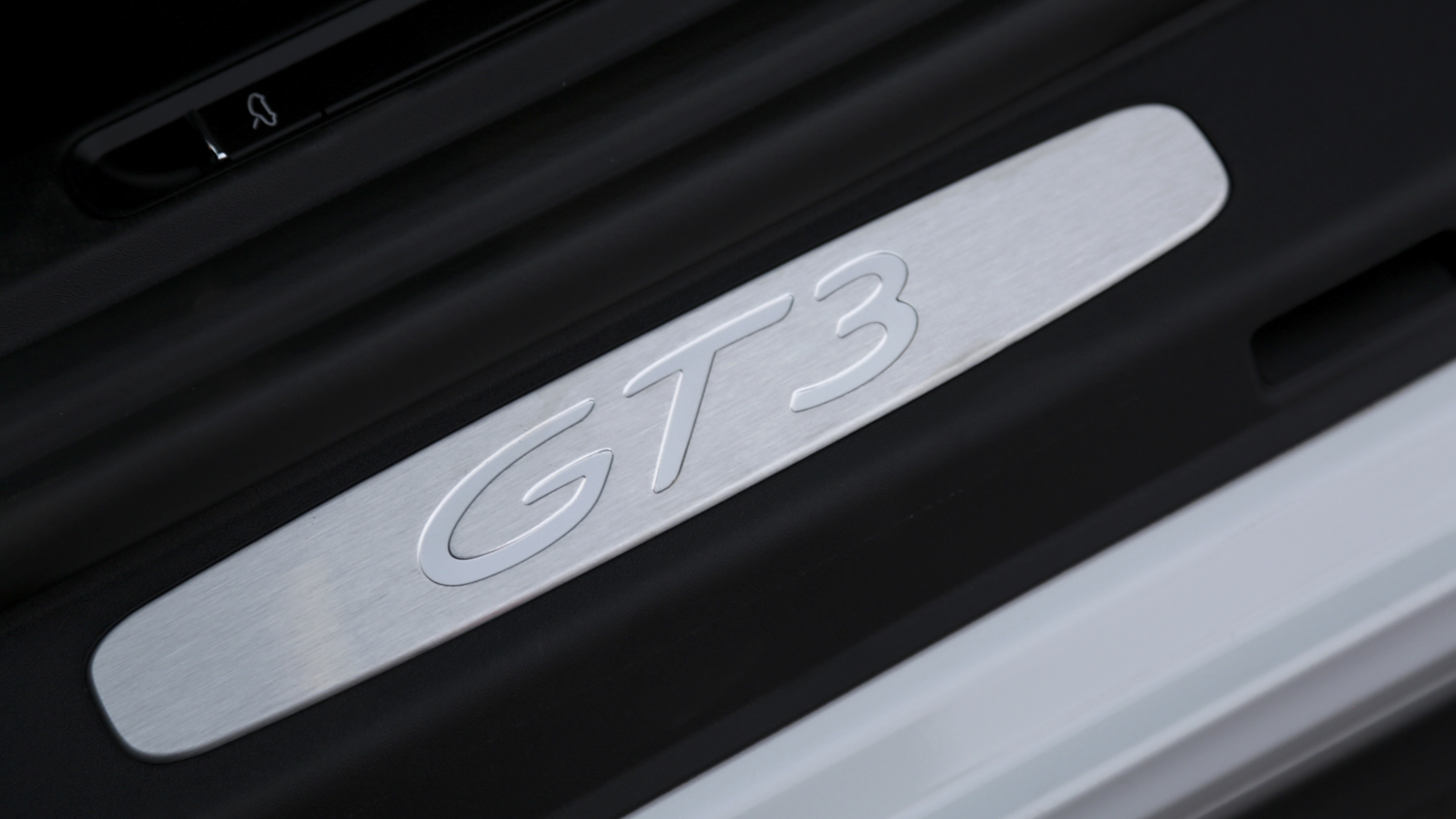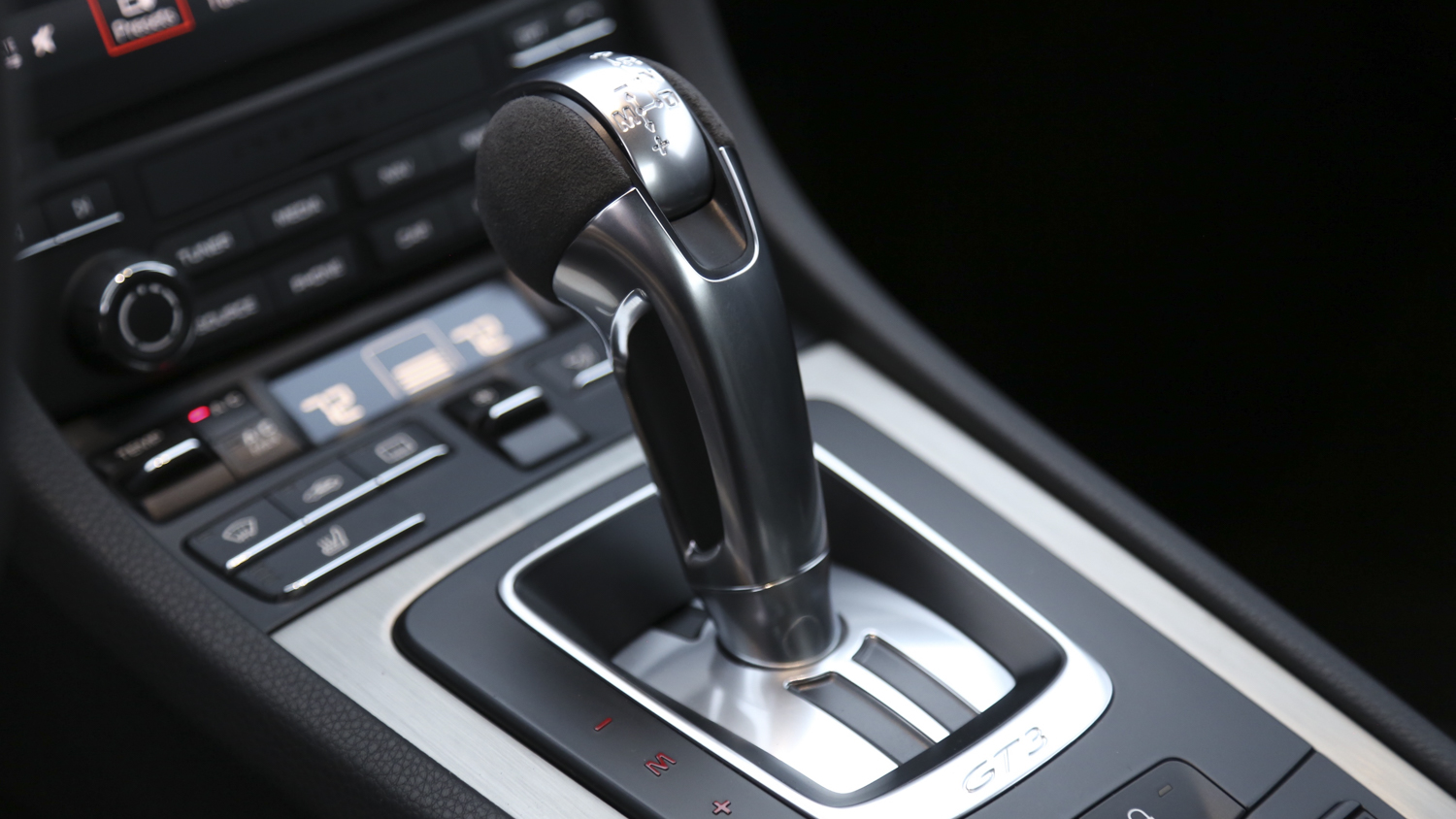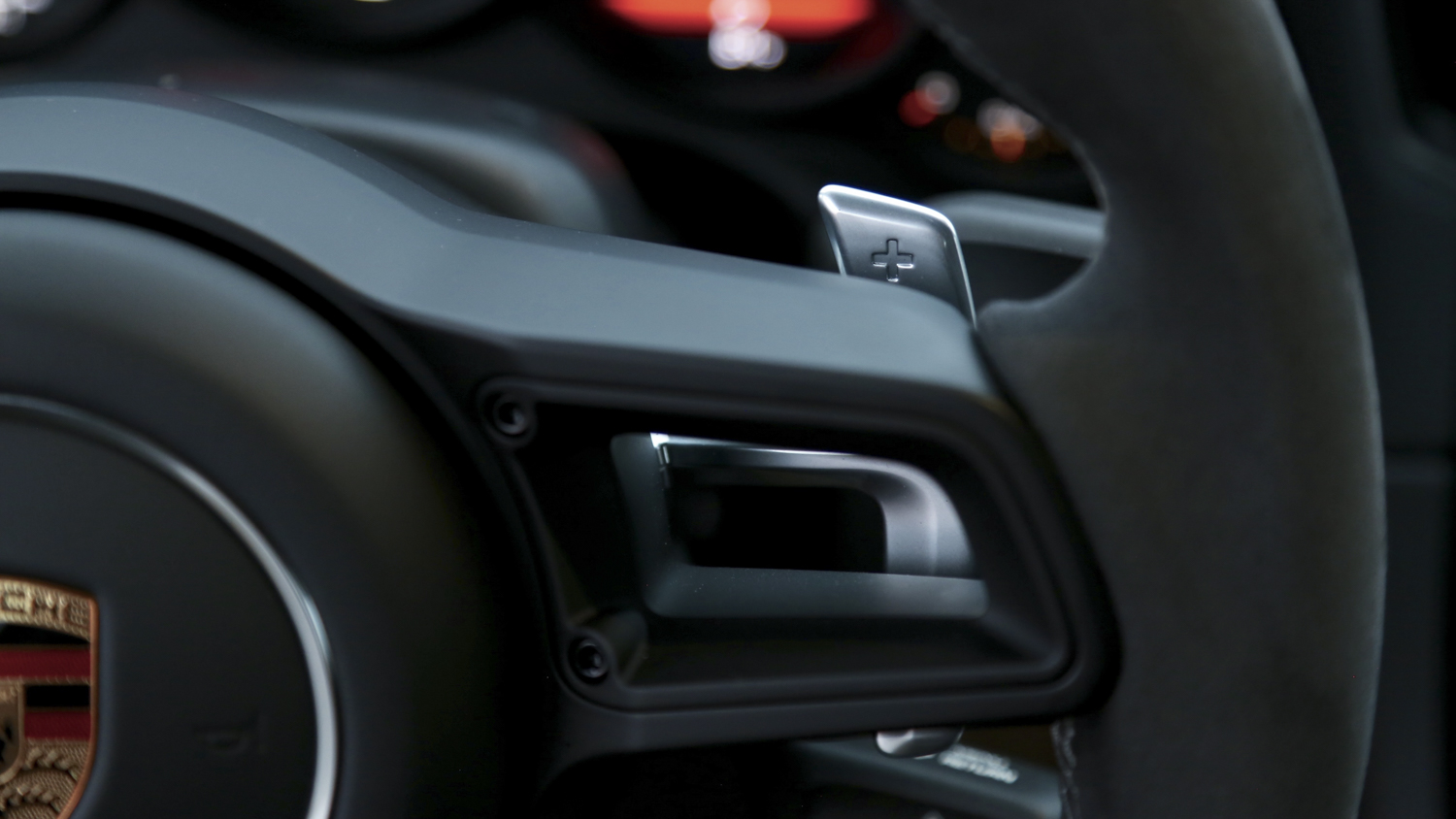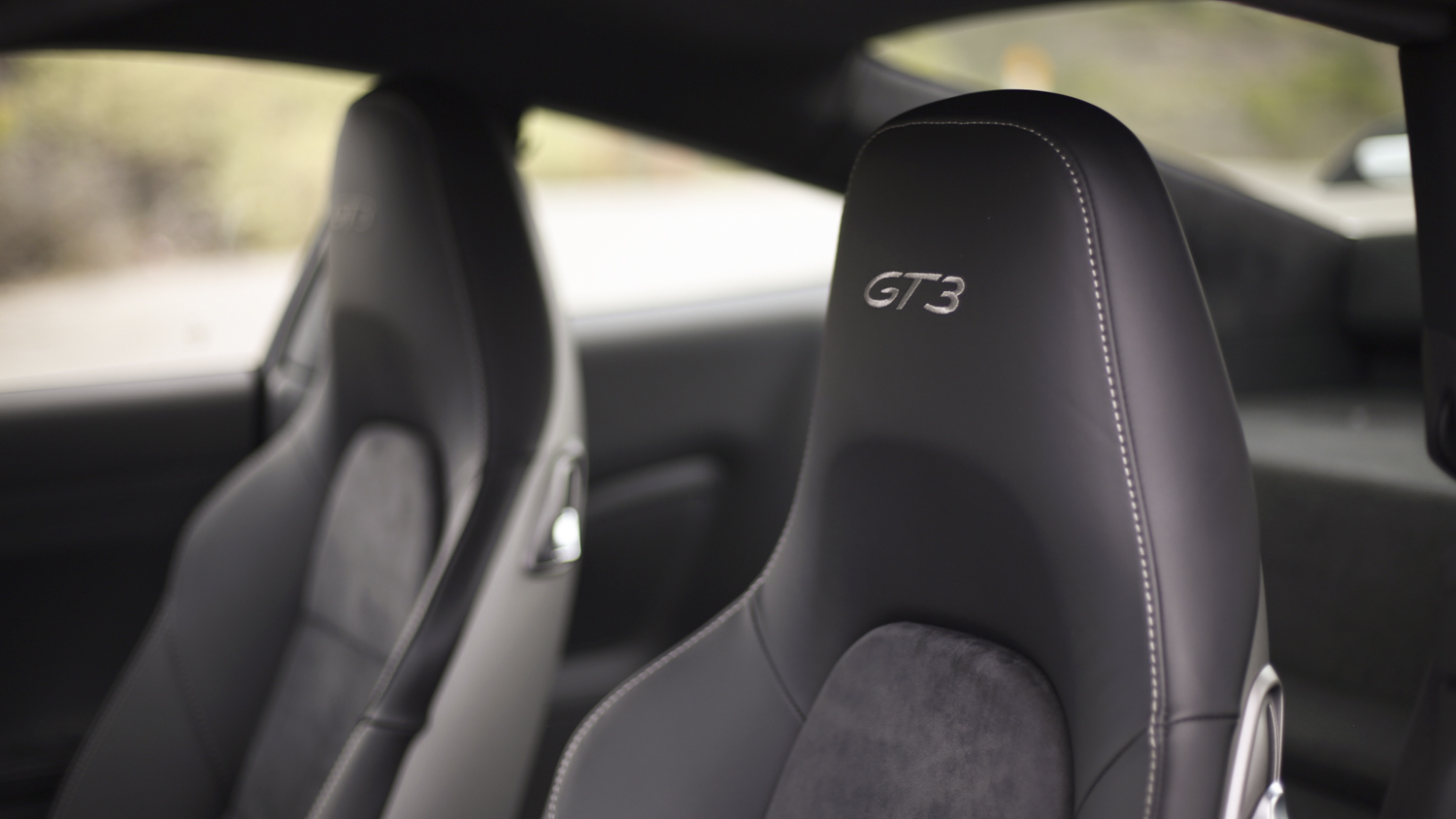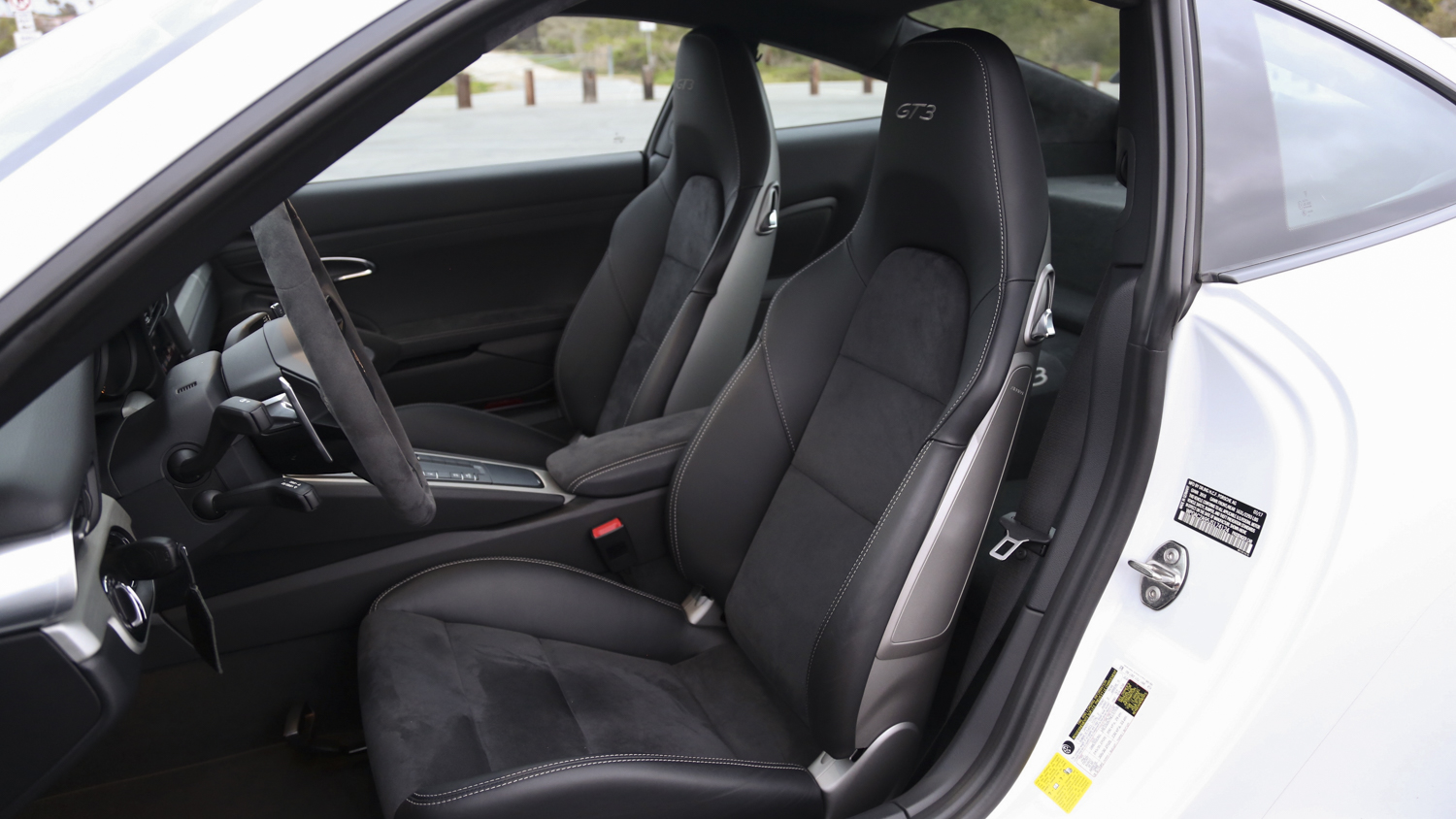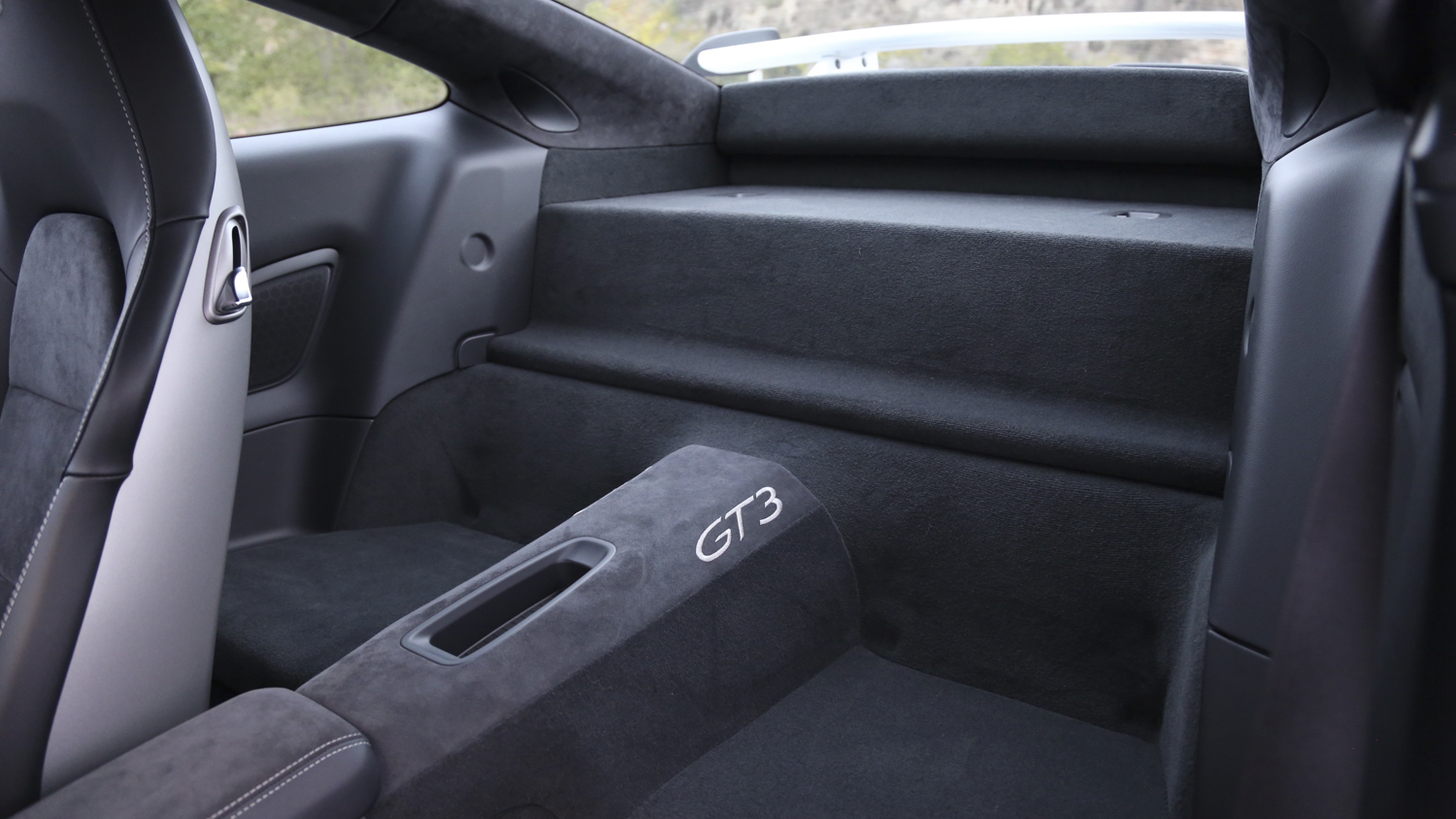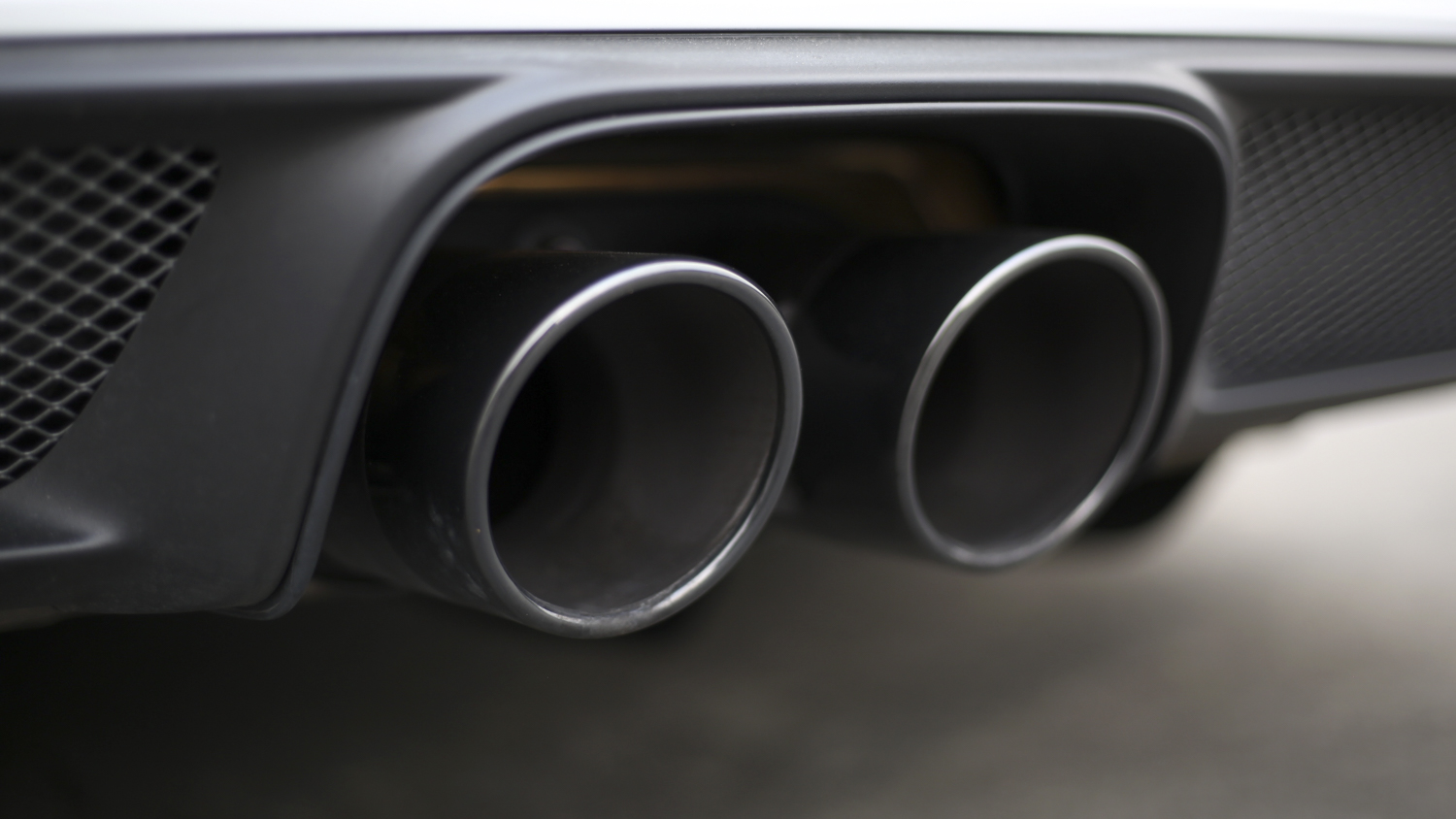A “revelation” is defined as “a surprising and previously unknown fact, especially one that is made known in a dramatic way.”
“Could you please use the word in a sentence?”
Porsche’s engineering prowess is a revelation experienced at the helm of the company’s defining product.
Every automotive enthusiast should feel some kinship with the Porsche 911 Carrera. No other performance vehicle has clung so dearly to its original DNA, nor overcome as many obstacles to achieve so much. If conceived today, the 911 would look very different; the body would be more aerodynamic and the engine would be found in front of the rear axle (rather than on top of it). But Porsche’s dedication to heritage is matched only by its ability to engineer the Carrera seemingly beyond its own limitations.
At present, the Porsche 911 GT2 RS is the fastest production car to ever lap the famed Nurburgring race circuit. That means no amount of wind tunnel honed design, nor precise placement of powertrain components, has given any automaker a leg-up on the Porsche’s prodigy. Whether the styling or flat-six cylinder engine suits the fancy of every car nut, the Porsche 911 is universally respected.
The 2018 Porsche 911 GT3 may as well be the first 911 I’ve driven. Technically, I piloted a base 2002 Carrera five years ago, but the one-mile test drive didn’t take me over 50 mph, 4,500 rpm, or fourth gear — hardly conditions to evaluate any car’s performance, much less that of the most iconic sports car in history.

The leap from that restrained introduction to a week-long joyride in Porsche’s track-honed hero was colossal. Firmly aware of the 911’s accomplishments, I still couldn’t comprehend an off-the-charts performance experience.
A firm plug of the throttle, an upshift near the car’s 9,000-rpm redline, a corner taken at speed — that’s all it takes to achieve enlightenment. Suddenly, I don’t give a damn about the coefficient of drag, or where Porsche put the engine; all that matters is this sense of connection. The steering wheel is a chalkboard; I draw the line and the GT3 follows it, never deviating, even slightly.
I feel the toil and obsession that built this car, all those years of refinement. The GT3 inherits every perfected piece: a dual-clutch automatic transmission that is both smooth and instantaneous, a flat six-cylinder engine that doesn’t require forced induction to produce 500 horsepower, an electronically assisted steering rack with ample feedback, a chassis with balance to both overcome error and reward precision, and brakes even more tenacious than the powertrain.
Only when you master a task can you make it seem effortless. Well beneath the threshold of the GT3’s performance, I am astounded by its composure. The car feels hardly bothered by crumbling tarmac, decreasing radius corners, or momentum, no matter however great. Yet where some performance vehicles feel devoid of soul when driven anywhere below their limit, the GT3 is forever an immersive driving experience. No jaunt is too short or slow to deliver a thrill from behind the wheel.
And thus, my revelation is bittersweet. I wish now that I had manufactured an opportunity to drive the 911 years ago, and that everyone — enthusiast or not — would get a chance to experience this engineering marvel. Perhaps a petition is in order.
Editors' Recommendations
- Toyota Tundra Hybrid: 5 things we love about it (and 3 things we hate)
- Porsche Cayman GT4 RS Goes Ballistic With 493-HP 911 GT3 Engine
